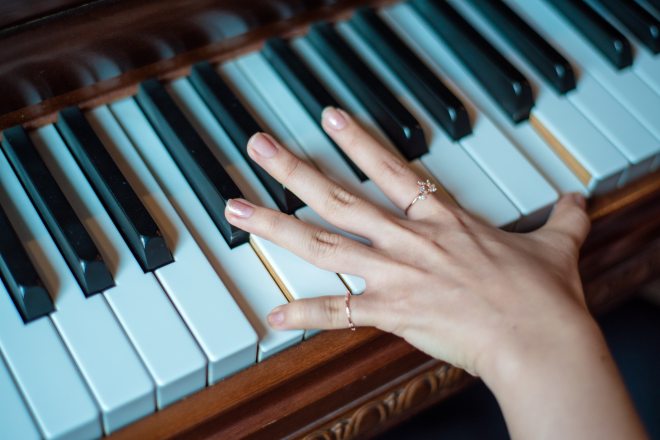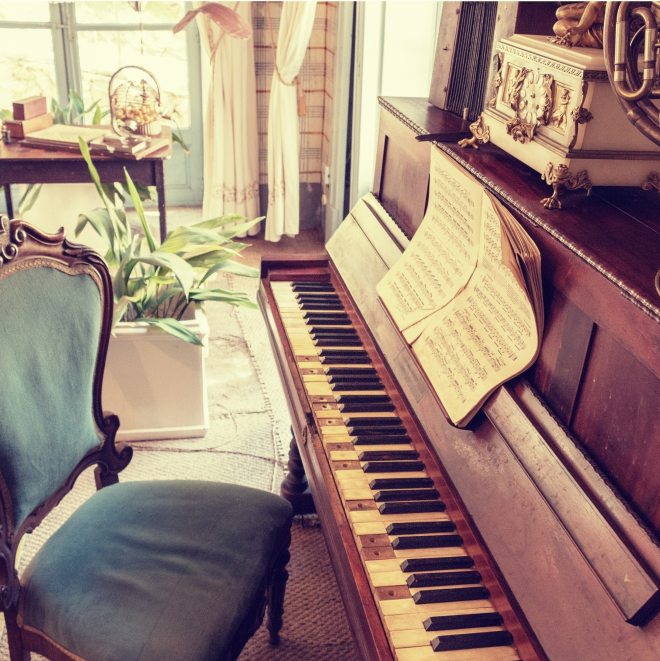Here comes the moment when the piano is standing in front of you, you first sit down for it and… Damn it, but where is the music?!
If you thought that learning how to play the piano would be easy, then the acquisition of such a noble instrument was originally a bad idea.

If you are going to be engaged into music, even if this is only a hobby for you, then immediately make yourself a promise that you will be ready for at least 15 minutes, but each (!) and every day give your time to the instrument, and only then you will get the results.
Have you thought about it? If you initially do not want to learn to play the piano, then is it worth choosing such a kind of activity? If you have firmly decided that music is definitely a significant part of your life, and you are ready to bring certain sacrifices for it, then you are on the right track!
Do I need to know the solfeggio for playing the piano?
Do musicians need a knowledge of solfeggio, or does it, on the contrary, conclude a creative person in certain meaningless frames?
Undoubtedly, there are people who without education, without any knowledge of notes, could achieve wide popularity, success, were able to compose worthy music (the legendary The Beatles – the brightest example). However, one should not be equaled at that time, in many respects such people achieved fame, being children of their time, and besides remember the same Lennon – not very enviable fate in the end.
Example, to be frank, not particularly successful – in the game on the piano originally laid a great depth. It is an academic instrument, serious, and simpler instruments originated from folk music, which implied simpler motives.
Here are some easy steps from what to start and where to go – http://www.instructables.com/id/7-Steps-to-Learn-How-to-Play-Piano/
Can I learn to play the piano without ear for music?
Another very important clarification. I think that you have often heard about such a concept as a “musical ear”. One hundred percent hearing from birth is a phenomenon as exceptional as the fall of meteorites on Earth. Actually, it is so rare for people to have a complete absence. All this I lead to the fact that NEVER listen to those who say that without hearing, without music lessons from childhood, there is no point in trying to do anything at all. And I heard this from many truly accomplished musicians.
Consider that hearing is an abstract muscle. When you go to the gym, your muscles grow; when you are studying the exact sciences, the speed of your calculation in your mind rises, whatever you do – in the end, any person, at both the biological and mental levels, will progress. Hearing is no exception. Moreover, regardless of your initial data, with due diligence, you can surpass those who seem to have more experience than you.
Another nice feature of any creativity – even at different levels of skill, is not necessarily someone who knows more (for example: he can play with great speed), he will compose more interesting works than his not so direct-minded colleagues. It’s simple. All of us are individual, and creativity is the transfer of a part of one’s own soul, mind to others, who delve into other people’s works. People who will be closer to your life position, the style of your compositions, will appreciate you more than a pianist who is simply a technical performer.
The study of musical notation will help you not only understand the very structure of music, but it will help you to quickly and easily record works by ear, will allow you to easily improvise, compose.
Learning to play the piano should not be an end in itself – the goal should be a desire to play music. And, when you learn all the subtleties of scales, frets and rhythmics, then, believe me, it will be much easier for you to master any instrument than to a person who has not played anything in life. So that you can learn to play the piano by any person, if only there was a desire.


